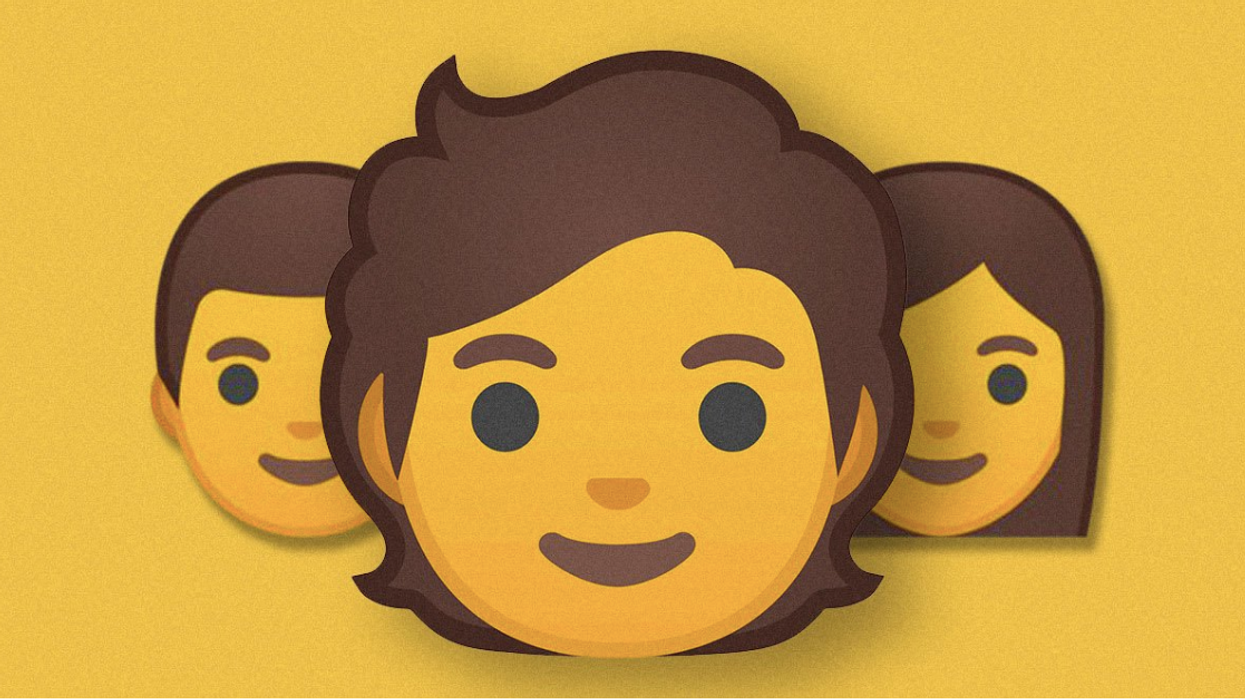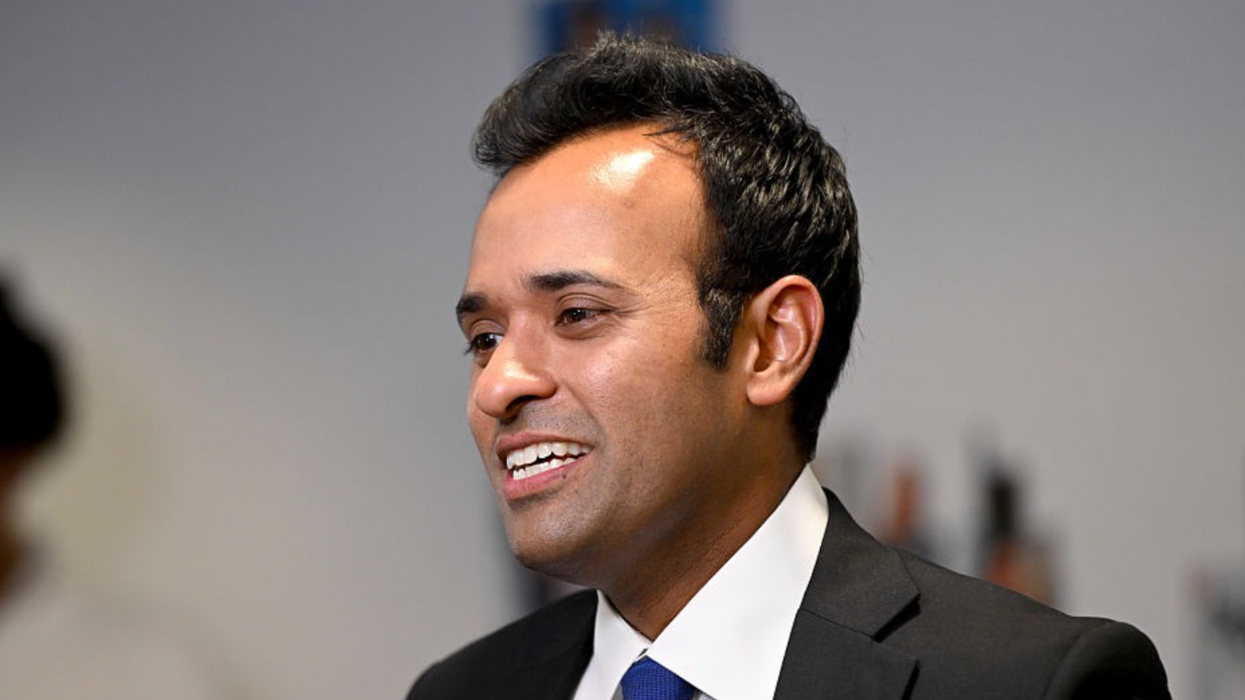Google is releasing 53 new gender-fluid emoji as part of a beta release for their Pixel smartphones this week.
Speaking in an exclusive interview with Fast Company, Android emoji director Jennifer Daniel said the move is part of an effort to make the symbols more inclusive:
"We're not calling this the non-binary character, the third gender, or an asexual emoji — and not gender neutral. Gender neutral is what you call pants. But you can create something that feels more inclusive."
Daniel sits on the Unicode consortium, the organization that sets core emoji standards like gender that designers at tech companies use to create their own emoji.
Last year, she noted that there were 64 emoji that were never meant to signify gender per Unicode's standards.
And that's where things got complicated, as Fast Company points out:
"Yet Apple, Microsoft, Samsung, and, yes, Google, have often assigned genders with their designs for these emoji. It's why every construction worker across major operating systems is, by default, is a man. Unicode's standards dictated a construction 'person,' but tech companies decided to design them as construction men (and add women as a secondary option)."
That practice reinforces stereotypes, so Google decided to address the problem. Some emojis, like the merperson emoji, now have genderless mid-length hair.
The vampire emoji now sports an androgynous chain instead of a bowtie, while its female iteration dons a choker necklace.
Daniel admits that there is "no singular way of getting it right" but says the challenge was not one that could be avoided:
"Gender is complicated. It is an impossible task to communicate gender in a single image. It's a construct. It lives dynamically on a spectrum. I personally don't believe there is one visual design solution at all, but I do believe to avoid it is the wrong approach here."
"We can't avoid race, gender, any other number of things in culture and class. You have to stare it in the face in order to understand it. That's what we're trying to do–to [find] the signifiers that make something feel either male or female, or both male and female."
The project has already received praise.
The new emoji will roll out to all Android Q phones planned for later in 2019.
Because Google collaborates with Apple and other tech companies when developing emojis, other companies will likely release their own versions of these emojis in the future.














 @madonna/Instagram
@madonna/Instagram @madonna/Instagram
@madonna/Instagram @madonna/Instagram
@madonna/Instagram @madonna/Instagram
@madonna/Instagram @madonna/Instagram
@madonna/Instagram @madonna/Instagram
@madonna/Instagram @madonna/Instagram
@madonna/Instagram @madonna/Instagram
@madonna/Instagram @madonna/Instagram
@madonna/Instagram @madonna/Instagram
@madonna/Instagram @madonna/Instagram
@madonna/Instagram @madonna/Instagram
@madonna/Instagram @madonna/Instagram
@madonna/Instagram @madonna/Instagram
@madonna/Instagram @madonna/Instagram
@madonna/Instagram @madonna/Instagram
@madonna/Instagram @madonna/Instagram
@madonna/Instagram @madonna/Instagram
@madonna/Instagram @madonna/Instagram
@madonna/Instagram @madonna/Instagram
@madonna/Instagram @madonna/Instagram
@madonna/Instagram @madonna/Instagram
@madonna/Instagram @madonna/Instagram
@madonna/Instagram @madonna/Instagram
@madonna/Instagram @madonna/Instagram
@madonna/Instagram
 @PeteHegseth/X
@PeteHegseth/X

 Relax Breath GIF by TRT
Relax Breath GIF by TRT  ha ha simpsons GIF
ha ha simpsons GIF  warning go away GIF by Kathryn Dean
warning go away GIF by Kathryn Dean